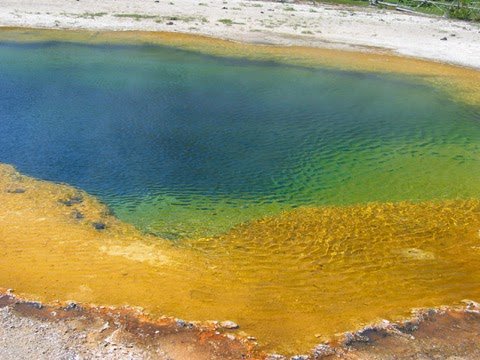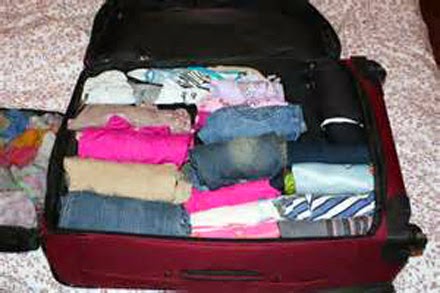Montego Bay,Jamaica ranks number eight among preferred vacation destinations for Americans.
No wonder: It’s the island of happy
days—the island of All Right--inspired by a colorful native culture that comes
alive in the tropical environment of the Caribbean.
The city of Montego Bay is the capital of the parish of St. James and the fourth most
populous city in Jamaica. It is a popular tourist destination any time of year because it has duty-free
shopping, a cruise line terminal, and several beaches to attract visitors—all
with scenic mountains in the background.
Although we arrived at Montego Bay on a
cruise ship, we choose our own slice of paradise by booking our own excursion
through http://montegobayexcursions.biz The Montego Bay Bengal Falls and White Water River Rafting Excursion allowed us to appreciate several natural attractions on
the island.
The first part of our excursion took us on
a scenic drive to Bengal Falls. Our guide then led our group on a short walk
through the rain forest to the beautiful hidden falls. The cascading water
pours over a natural path carved out by the river, so we traipsed over large
rocks and boulders (with the strong helping hand of our guide) to several thundering
cascades—and a wonderful back massage as we allowed the invigorating water to
pour over us. We also climbed and
splashed around gentle pools and thoroughly enjoyed the refreshing interlude.
Our guide then led us to inflatable rafts
at the edge of the river. Safety gear and instructions were given before we
started the scenic journey downstream. With the captain steering the raft from
the rear, guests navigated the craft on the Rio Bueno River through class one
and two rapids--gentle and suitable for family groups. Actually, the current mostly
carried us along, so paddling was minimal, which gave plenty of time to admire
the jungle landscape and listen to the birds onshore.
At one point, in a calm area under almond
trees, we stopped and took turns flying on the rope swing, dropping into the
cool water. After the brief break we resumed our spots on the raft and let the
currents carry us over a few more rapids. We passed under an old stone bridge as
we made our way towards the Caribbean Sea.
The river eventually opened up to the sea, and
we arrived at a private beach at the end of Bengal Bay. This lovely tropical
setting, filled with blooming pink bougainvillea, was the perfect place to
relax with a cool drink, listen to some reggae music, and shuffle our feet in
the sand.
As the day ended we agreed that Jamaica was indeed the Island of All Right.
Photos by Larry and Beverly Burmeier










































